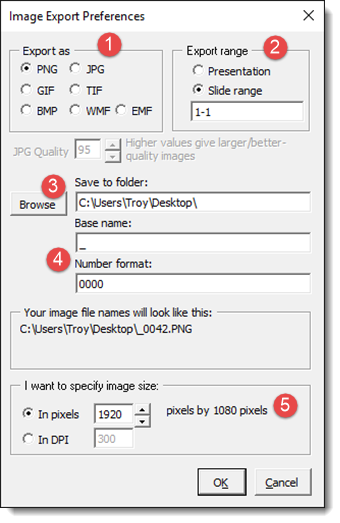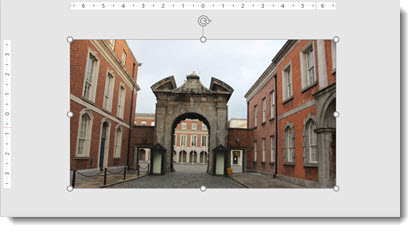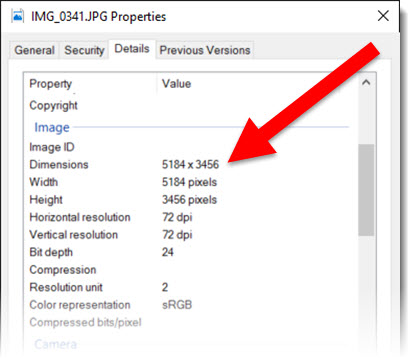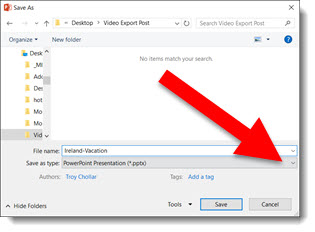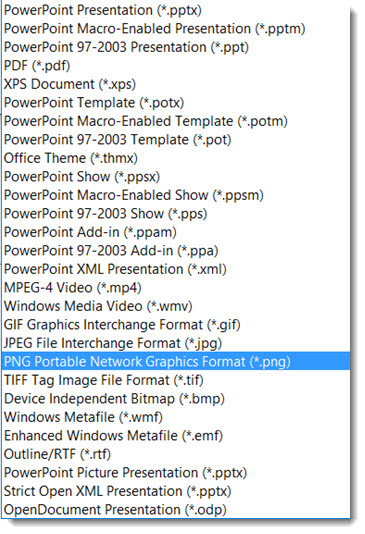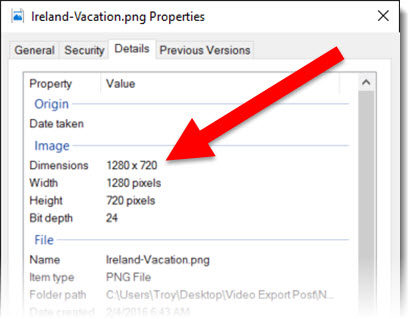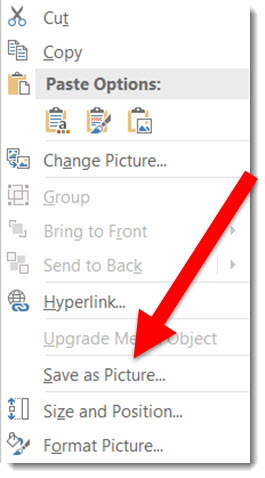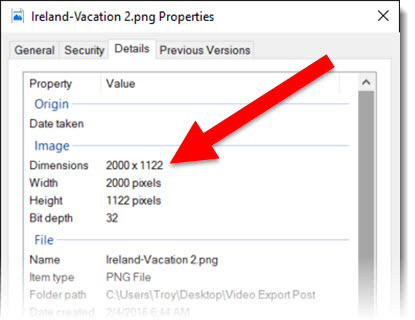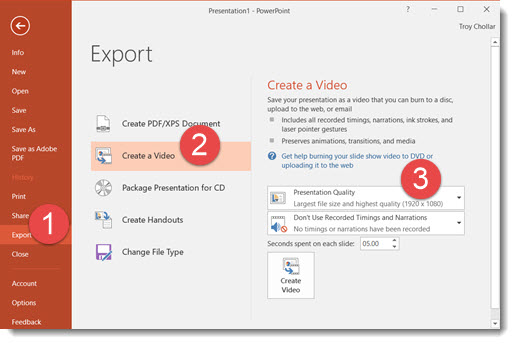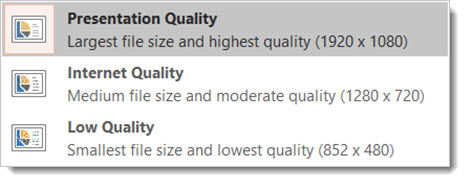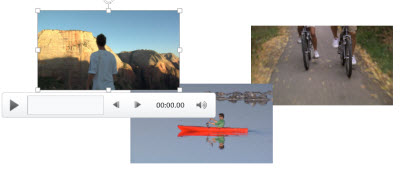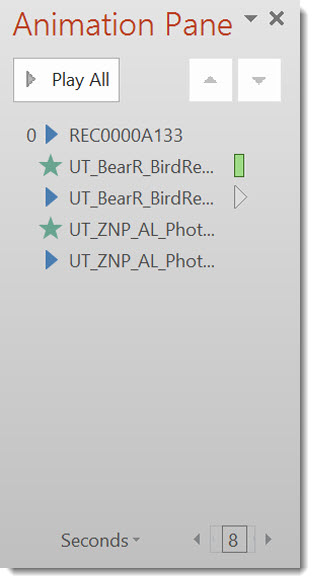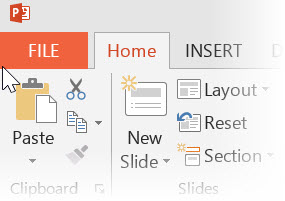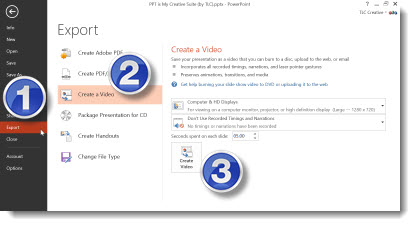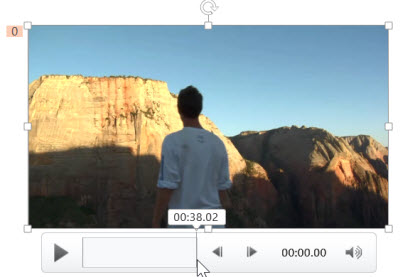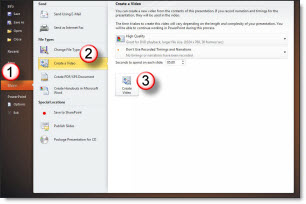When it comes to exporting video in PowerPoint, or any other program, there are many factors that play a role in the final quality.
One of those factors is the concept of interlaced or progressive.
All PowerPoint videos export as progressive, but why?
In order to understand the answer, we first need to know what progressive vs. interlaced really means.
Here is the simple explanation:
- Interlaced is sending half the picture in 1 frame and the other half in the next frame. When done fast enough, the human eye sees a full picture.
- Progressive is sending the entire picture on every frame.

Interlaced video was made popular with television and over the air TV transmission (in the dark ages, before Cable TV). Interlaced video sends half the data and bandwidth, so it made TV signal transmission easier. For video editors, it made digital editing and processing faster because you were working with half the amount of data.
With current technologies of HD and beyond, computer monitors, television monitors and projectors, the idea of interlaced (or 1/2 quality) video is virtually a thing of the past. So 720p and 1080p stand for “progress video” at that resolution. 720i & 1080i means the video is interlaced at that resolution. If there is not an “i” or “p” after the resolution it is assumed to be progressive “p.”
Because progressive video has more data than interlaced video (entire picture in each frame vs. half the picture in each frame), it appears sharper and richer in color.
Progressive

This technique, however, is not ideal for broadcasting, due to the amount of data that needs to be transmitted. This brings us to Interlaced video. For the most part, interlaced video is used by TV broadcasters. It outputs from two adjacent frames one after the other, blending odd and even lines to form each image.
Interlaced

Quite a difference, right? To answer the original question “Is all PowerPoint video progressive?” – the answer is yes. PowerPoint’s video export only has profiles for progressive video, with 3 different resolution options. There is no practical need for interlaced video on any computer playback. If you are sourcing a video for a presentation and one of the options is progressive or interlaced, choose progressive.
-Troy @ TLC

